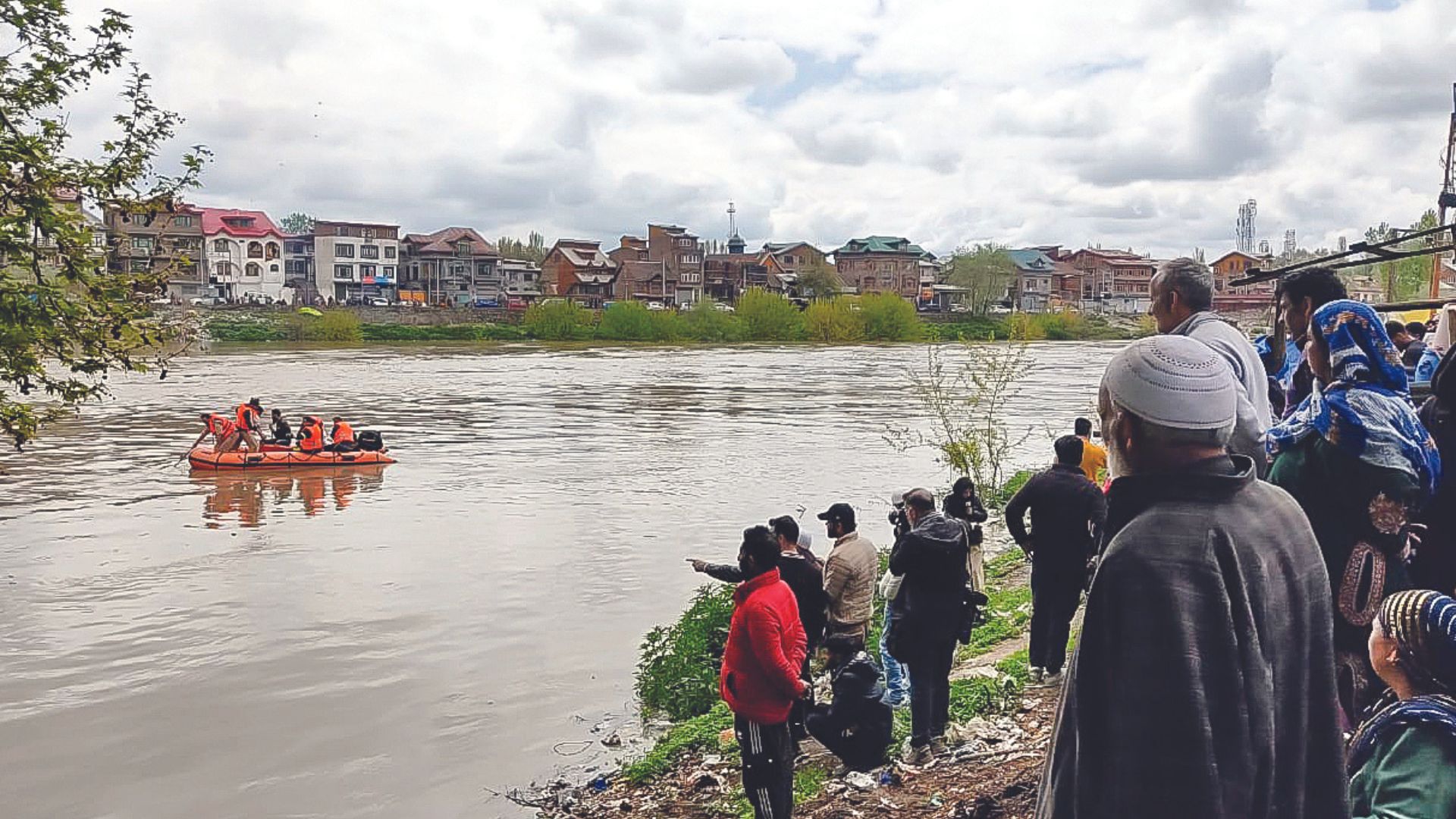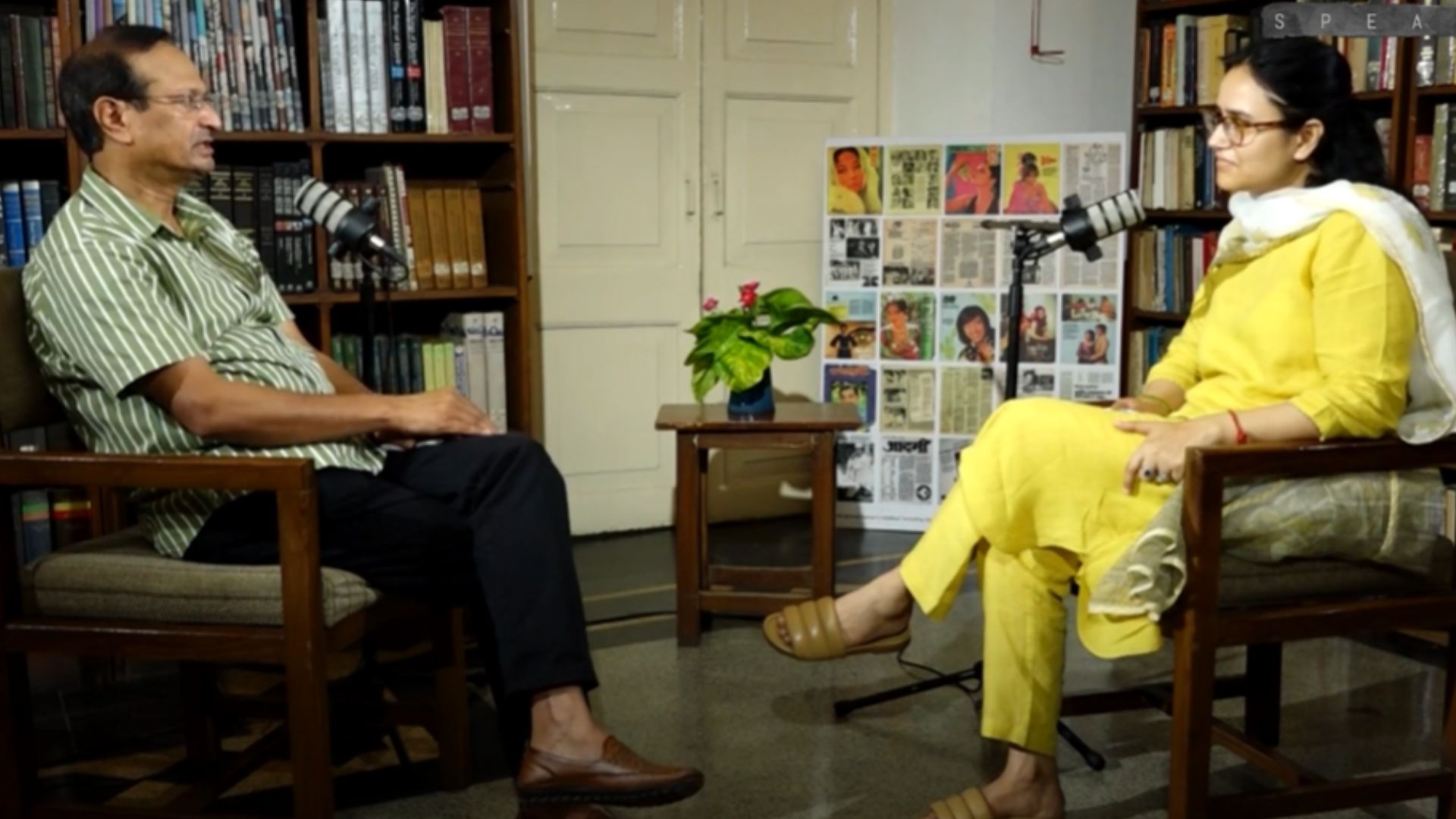Throughout history, rivers have been incredibly important for human societies. These great river systems not only lived off but bordered political and cultural territories, functioned as communication veins, and offered the opportunity for the first civilizations to develop along their banks. Great societies from the earliest recorded history emerged and developed by the side of the rivers, which provided a basis for food production, transportation, and commerce.
The famous rivers such as the Nile, Tigris, Euphrates, Indus, and other rivers referred to as river valleys are considered to have been the birthplaces of civilization. From the riverine civilization to the flow of water and irrigation systems, the role of rivers in the progression and failures of ancient cultures cannot be questioned.
Since the early Vedic texts of India, the mythical Saraswati river has always generated rigorous academic interest and controversy. This river is popularly known as the Lost River and has been a subject of discussion among historians, archaeologists, and other scholars who study Indian history.
However, due to new scientific findings, people’s belief in its existence has come under more discussion due to the new evidence gathered by scientists. The Vedas, which are the initial and most sacred scripts of Hinduism, portray the geographical articulation of the ancient Indian subcontinent, Bharat, as Saptasindhu, or the country of seven rivers.
Among these sacred rivers, the Saraswati River is a unique river that perhaps does not exist geographically and, for centuries, has been shrouded in mystery. The people who lived in the Indus Valley Civilization or the Harappan Civilization, now known as Pakistan and North Western India, started the great civilization over 4,000 years ago and left behind a lavish cultural heritage and the most progressive urban structures.
Geological and Archaeological Revelations
One of the most significant discoveries ever made by a geologist was made by R. D. Oldham, a geologist of the Geological Survey of India, in 1893. He suggested the presence of a dry river in Rajasthan and extended it right to the Gujarat coast. This proposed course is being passed as the Nara-Hakra-Ghaggar channel, which has come to be accepted as the route that the elusive Saraswati River followed.
Since then, more studies by researchers from India and other countries have indicated the presence of paleochannels and dried-up river channels in this area, in concordance with early historical maps and satellite images of the Indian Space Research Organisation (ISRO). These discoveries have also supported the fact that there was indeed a Saraswati River.
For the first time in human history, scientists from various institutions, including the Indian Institute of Technology, Kharagpur, the Archaeological Survey of India, Deccan College, and the Physical Research Laboratory, have recently given evidence of a Himalayan snow-fed river system from the Rann of Kutch in the Wiley Journal of Quaternary Science.
This river looked much like the Saraswati River mentioned in Hindu scriptures and epics. It will therefore be asserted that this river system sustained the areas around it by providing the water needed for the habitation and growth of the early Indus Valley civilization, as evidenced by archeological findings such as Dholavira, which was one of the largest cities during this civilization.
Including in the intrigue, old Indus Valley seals show practices noted with an ‘X’ where 4 roadways satisfy a sign referred to as ‘Chatuspatha’ in the Vedas, showing the presence of a growing human being. Numerous archaeologists, coupled with Indologists, currently suggest that these old people must be described as the “Indus-Saraswati Civilization” as opposed to only the “Indus Valley Civilization,” recognizing the substantial duty played by the Saraswati River.
Dholavira and Climate Change: Explaining the site’s decline
One of the most intriguing findings of this exploratory work has to do with the synchronism between the decline of the ancient Harappan city of Dholavira and the decline of the glacial-fed river system, if not the mythical river Saraswati, approximately 4000 years ago. In order to construct the line of work for Dholavira and changes in environmental issues, many dating methods, such as accelerator mass spectrometry, were used on the remains involving human bracelets, fish ear bones, and mollusk shells.
They also analyzed high-resolution oxygen isotopes in snail shells that were found at the site, which helped them understand the constant decline in the contribution of meltwater from glacial rivers over time. This disaster occurred at the beginning of the Meghalayan age, which is characterized by a very abrupt mega-drought that lasted for 250 years. Dholavira, the largest archaeologically explored Harappan city in the Rann of Kutch region, was a bustling urban center. It started 5,500 years ago during the pre- Harappan period and continued until 3,800 years ago in the late Harappan phase
The Evidence Affirms the Existence of the Saraswati River
Through an engaging variety of geological, archaeological, and textual proof carefully collected and evaluated by scientists from numerous recognized establishments, the presence of the once-mythical Saraswati River has actually been verified beyond sensible question. What once was disregarded as a simple tale or allegory in ancient Indian texts like the Vedas has currently been confirmed to be an actual, magnificent watercourse that played a critical function in the growth of human beings. After years of research, this research study has actually reconstructed an extensive image of the Saraswati River’s presence, training course, and effect on the area.
The exploration of paleochannels, run out river beds, glacial debris, old mangrove coverings, and freshwater shellfish in the Rann of Kutch location, coupled with the past, has actually given the silver bullet of a Himalayan snow-fed river system that as soon as supported these lands. In addition, the striking similarity of this river system to the Saraswati River is explained in ancient text, integrated with the exploration of archaeologically considerable sites like Dholavira along its banks, between this legendary watercourse and the rise and fall of the Indus Valley Civilization, now referred to as the Indus-Saraswati Civilization by many scholars.
The findings of this research study not only shed light on the mysteries surrounding the Saraswati River but also offer invaluable insights into the intricate interplay between human civilizations, water resources, and environmental changes in the ancient past. The decline of Dholavira and also various other Harappan settlements, straight connected to the loss of this glacial-fed river system and also the start of an extended mega-drought, works as a sobering pointer to the disastrous effects of environmental modification and also lack of water. As we continue to unravel the secrets of the past, the story of the Saraswati River stands as an effective testimony to the durability and resourcefulness of our forefathers despite ecological obstacles.
Their capability to harness the sources of this magnificent river and create innovative water monitoring systems permitted them to construct a growing city and also maintain their people for centuries. It underscores the importance of preserving our natural resources, implementing sustainable water management practices, and adapting to the challenges posed by climate change to ensure the survival and prosperity of future generations.























